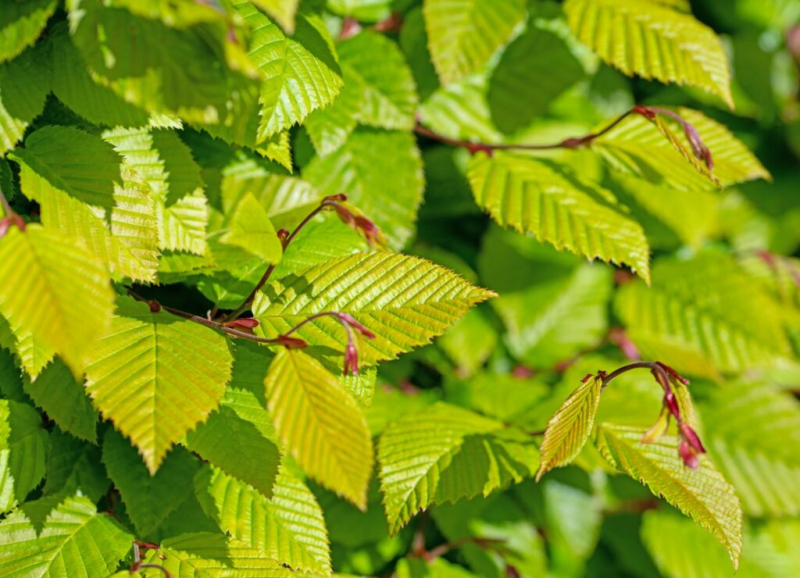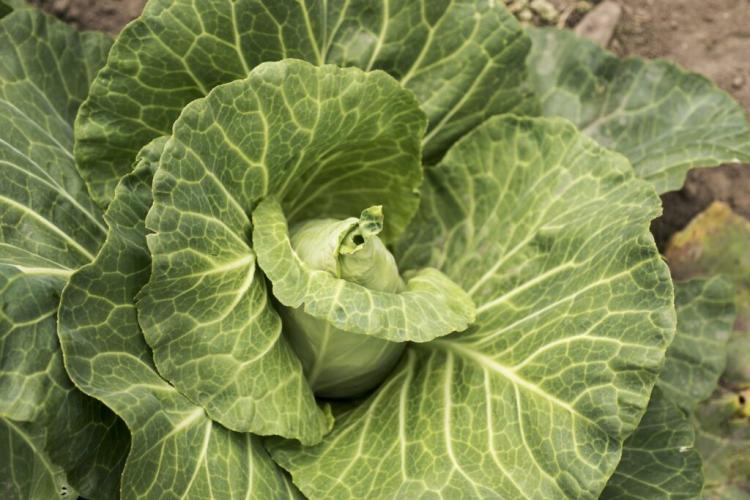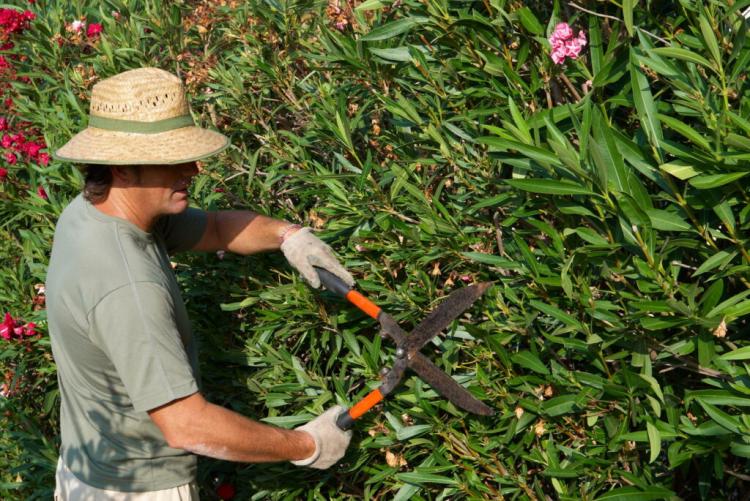Stages of Growing Asparagus
The popularity of asparagus is on the rise, and for the right reasons. As a perennial plant with high levels of vitamins B and C, iron, and other beneficial ingredients, enthusiastic vegetable growers and harvesters have included asparagus a part of their gardens. After all, there is no greater asparagus than the one that you have freshly harvested right from your home garden.
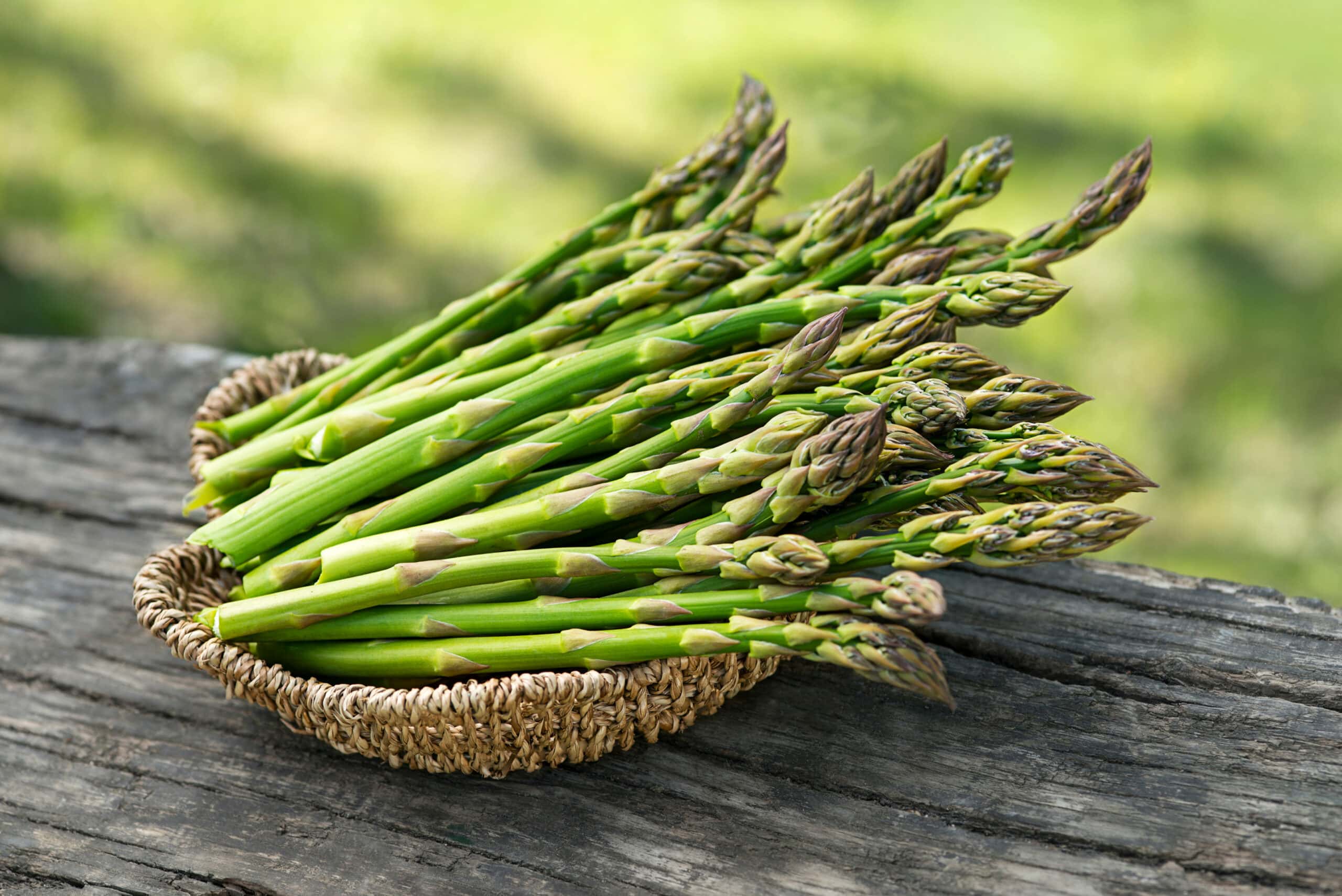
Things can be really messy and confusing when it comes to growing asparagus at home. This perennial vegetable plant requires a lot of patience, stamina, and knowledge to cultivate. But once you have familiarized yourself with all the stages of growing asparagus, the process can be incredibly rewarding.
This article will provide you with a stepwise guideline for planting asparagus. It will shed light on its seven stages of growth followed by a directions manual to ensure that your homegrown asparagus grows well.
The Basics of Asparagus
Table of Contents
Before we get any further into the stages of growing asparagus, let’s discuss a bit about this vegetable
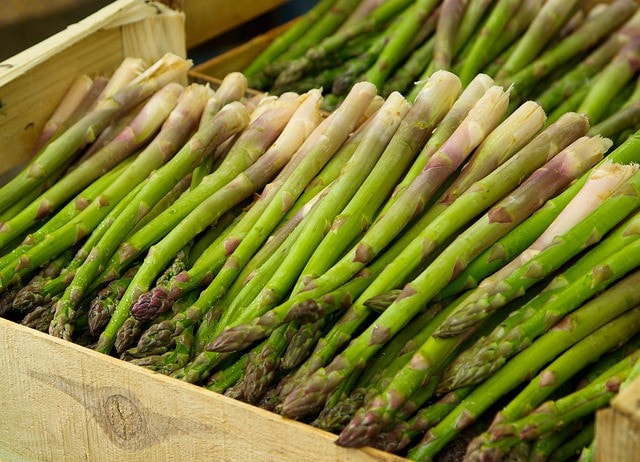
Scientific Name: Asparagus Officinalis
Size: Up to 2 meters or 7 feet in height
Native Habitat: Areas with temperate climates, such as the Mediterranean and Western Asia
Colors: Green, purple, and white
Growth Rate: 2 inches per day in the growing season
How do You Grow Asparagus Step by Step: The Essential Stages Of Growing Asparagus
Contrary to popular belief, growing asparagus is not easy to grow as it seems and usually requires a lot of care and attention in the first year. Hence, learning more about the stages it passes through to become a mature, harvestable plant can save you from unnecessary problems.
Stage One: Preparing Soil for Planting
Before you start growing asparagus, you need to make sure that your battleground (i.e. your soil) is well-prepared. For this purpose, keep the following tips in mind.
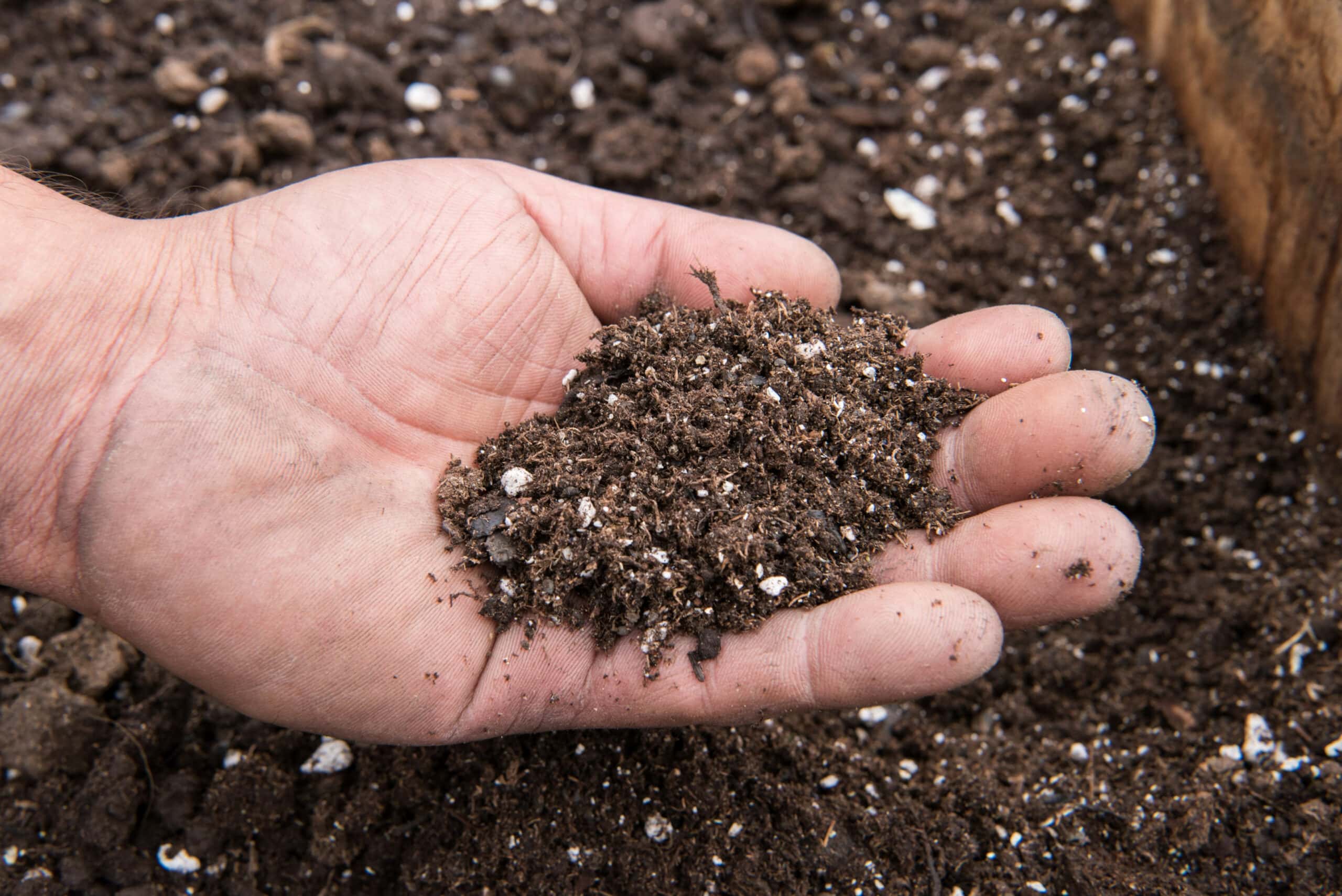
Choosing the asparagus varieties: Asparagus exists as female and male plants, and both come with their perks. If you choose a male plant, you will have larger produce to harvest as they do not germinate and utilize this energy on growing faster.
On the contrary, female plants have to expend some extra energy to produce seeds that you can use to grow the little asparagus garden. The best approach is to adopt a half-and-half strategy with both male and female plants. Next, choose a seed variety you wish to grow, for example, purple and green asparagus. This is completely a personal choice and depends on which one you prefer. If you are scared of your precious asparagus plants dying because of disease, go for a variety which can withstand the common adversities,like fusarium wilt and crown rot, in a better way.
Choosing the planting time: Asparagus grows best if planted in fall or early spring, and you may choose to grow it by planting crowns or seeds. If you are living in an area with low temperatures, the best way forward is to wait for early spring to start seeding your asparagus so that the soil temperatures are favorable for growth.
On the other hand, if you are living in warmer areas, such as South Florida, you do not need to wait for early spring to kick in, as the soil temperatures remain ideal for this plant even after winter has started.
Prepare the pot/raised asparagus bed: whether you are planting asparagus crowns or seeds, the importance of having a suitable plating area cannot be denied. This plant prefers growing in soils with a pH of 6.5 to 7.0. The type of soil does not matter if it has a good drainage system and is rich in nutrients.


You may consider planting these vegetables in containers or a raised asparagus bed but make sure they are of good size and have enough drainage holes. Place the pit somewhere sunny, as the asparagus will be there for a long time.
Planting asparagus: You can either plant asparagus crowns or seeds for the perfect product. Beginners may choose to begin with the latter as they are already grown and established well which helps them avoid a lot of problems in the initial days
Don’t forget to soak either of them before you start planting them in the soil.
You Might Also Like Are Hydrangeas Poisonous?
Stage Two: Germination of Asparagus Seeds
Germination of seeds begins as soon as you plant asparagus. This stage is a bit time-consuming and may make you patiently wait for up to eight weeks before you can see any roots developing in your planting area. Allow your asparagus plants all the time they need so that you do not compromise on their health and taste.
Stage Three: Early Growth and the formation of asparagus crowns

Watch your asparagus closely to check if you see any shoots coming out of the soil. The moment you spot any, give yourself a pat on the back as your asparagus garden is finally starting to grow. However, keep in mind that you cannot harvest this perennial plant at this stage.
Be patient and give it a few years before you harvest its spears. However, once you start seeing shoots, prepare to watch your asparagus grow much more quickly as its foliage begins photosynthesis to start producing its energy and food.
Stage Four: Ferning Out
You may feel tempted to pick asparagus the minute you see them acquiring its final shape, but doing so is a grave mistake. Never forget that you cannot harvest asparagus during its earliest growth cycle, so the minute you see sprouts, sit back and enjoy as they slowly begin ferning out
Ferning out indicates the asparagus has acquired a stage where it can bear flowers. As a part of the process, the plant opens up its tips and allow its fern-shaped leaves to grow. This stage significantly promotes growth by increasing photosynthesis and producing food. So what happens to this extra energy? The plant stores it to use in its next cycle of growth.
Contrary to popular belief, ferning is a good stage for the health of your asparagus plant, and it bears extra benefits especially during the first two years of growth.
Stage Five: Entering Dormancy
The asparagus plants continue to photosynthesize and produce energy as long as they maintain their green hue. So give them all the time to flourish and grow until they acquire a brownish hue. This usually happens as soon as winters begin but may as well occur in last days of autumn.
Once the ferns turn brown, know that your asparagus has officially entered a dormant stage where it is incapable of photosynthesis. So be quick to remove them as soon as possible, as failure may attract asparagus beetles and damage your next year’s crops.
At this point, your asparagus pots may have accummulated a lot of dead foliage so keep removing them time after time so it does not hurt the plants.
Stage Six: Plant Growth
Following a period of dormancy, the asparagus plants finally wake up in spring with tough spears. At this stage, your asparagus plant may benefit from any extra nutrients so if possible, add a bit of compost to it to boost its growth.
Providing additional nutrients is only going to help your plant become healthier and guarantee a higher yield in the years to come. While you are at it, actively promote the ferning out of your plants as much as possible to let them develop a more robust root system.
Stage Seven: Harvesting asparagus spears
Harvesting is the seventh and final stage of growing asparagus. The best time to harvest this plant is after the plant completes two years of growth. On the other hand, some growers argue that it can be done as soon as the plant enters in its second year of life, but doing so can be quietly risky and must be performed with caution as you do not wish to damage your produce for the future .
Even if you do need to harvest in the second year, stick to a few spears only and leave at least half of them behind to fern out and create energy for successful growth next year.
Harvest spears with at least 10 inches of length as soon as they enter the third year. There is no limit to how many you pick. Keep in mind that the best time to reap asparagus can begin by the middle of April and continues for the following six weeks. Stop harvesting spears as soon as the month of May ends and allow the remaining plants to fern out and produce energy and food to survive the dormant stage.
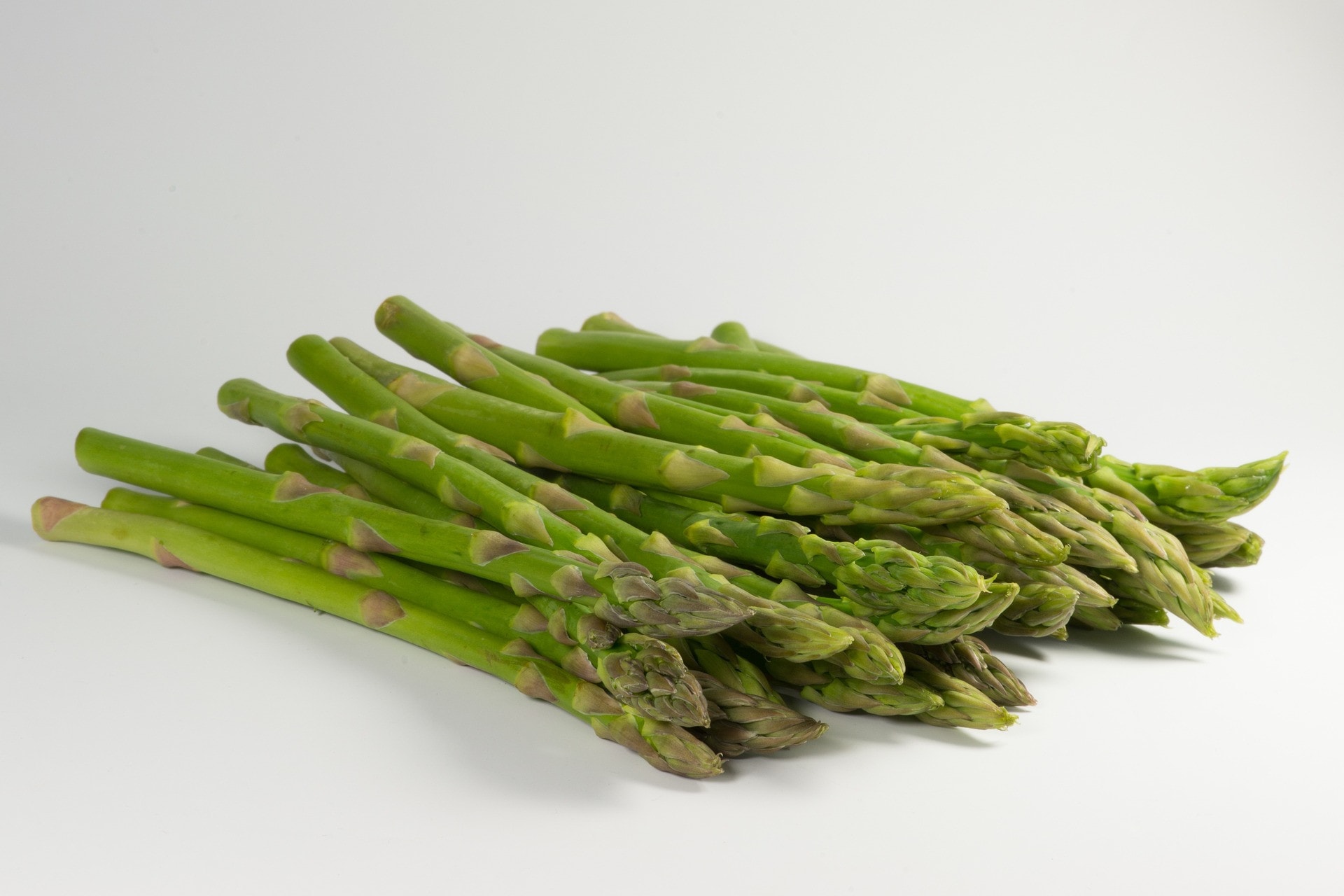
When the plant completes three cycles of growth to enter the fourth one, you may start harvesting spears by mid-April and continue for up to two months.
Maximizing Asparagus Growth: A Care Guide to Keep in Mind
Asparagus is a type of vegetable that you can quickly grow anywhere as long as you are providing it with optimal cinditions to grow. This section will discuss how to properly care for your homegrown asparagus beds. Remember that this plant needs adequate levels of water and sun to grow and bear tasty spears, but simply meeting its watering and light conditions is not enough for its optimal growth.
You also need to be educated about the type of soil you are using and the fertilizer you must use. This may seem like a lot of information and work, but with some research, taking care of your asparagus will become a piece of cake.
You Might Also Like Do You Water Aloe Vera From Top or Bottom?
Lighting Needs
The tiny green plants need sunlight to grow optimally, so make sure you place them in sunlight for eight hours at the minimum. Make sure to choose its position and place very carefully as the growth of this perennial plant depends on it
Avoid putting it close to trees or shrubs as they may block their sunlight and temper with their growth stages.
In summer, however, it may benefit from the shade as it likes to be in a relatively cooler environment. The best way to go forward is by placing the plant in a good sunny place to let them soak enough sunlight during the day. As the afternoon sets in, place them in a semi-shaded area to protect them from too much heat.
Water
Asparagus has a natural affinity for water, especially in the younger stages. Young asparagus plants require up to two weeks of water every week to maintain soil moisture until they turn two. Later on, you may reduce it to about an inch per week
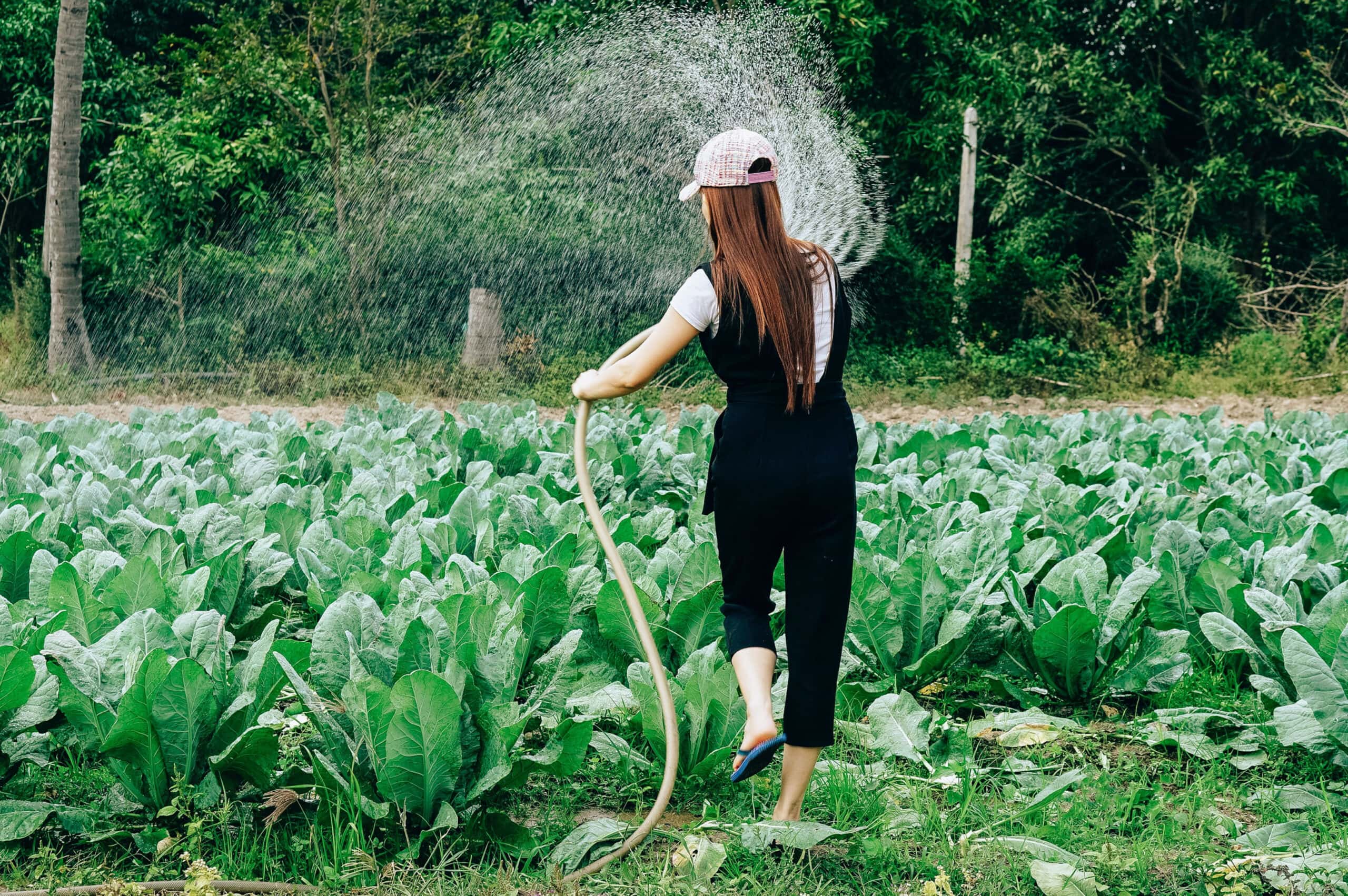
If you have a greenhouse for growing asparagus plants, consider installing drip irrigation to keep an eye on how much water you are giving it to them. Mulcing the soil that surrounds these plants also ensure that it maintains good soil moisture level.
Humidity
Asparagus grows perfectly well in places with moderate humidity , so there is no need to regulate humidity levels for it. If you notice that your asparagus plants are looking a bit dry, dont be afraid to mulch them or spray them with a bit of water.
Temperature
As long as the temperatures fall between 70 and 85°F, the asparagus growth peaks.
In the nighttime; however, it prefers cooloer temperatures with a minimum of 60°F and maximum of 70°F. If the temperature of the soil falls below 50°F, the process of germination halts, and if the plants gets hit by frost, they may undergo discoloration.
Similarly, when the soil temperature touch 85°F, it may stunt the growth. So make sure you provide your asparagus plants with optimal weather conditions and temperatures.
You Might Also Like How Much Sunlight Does a Snake Plant Need
Soil
Asparagus seeds thrive well as long as the soil pH is between 6.5 to 7. It does not have a particular soil preference and can grow anywhere as long as the soil drains well. If you have the option to choose, prefer loamy soils that are rich in organic material and nutrients. Consider adding some compost tea to the soil to make it nutrient-rich and improve its drainage.
Fertilizer
Asparagus seeds need fertilizer now and then to grow well. While choosing a fertilizer, look for a well-rounded formula that meets the needs of the plants adequately. For every 100 sq ft of soil, add 544 grams of the fertilizer to prevent overfertilization.
If you feel like your asparagus leaves are suddenly losing their green charm or are becoming rusty or brown, add some nitrogen-based fertilizer. Keep in mind that adding excess of nitrogen to the soil may damage the plant so practice caution.
If you are worried about overfertilization, take a bowl of water and mix the fertilizer in it. Use it for irrigation in a way that the mixture steers clear of the leaves. ch faster while preventing fertilizer burn.
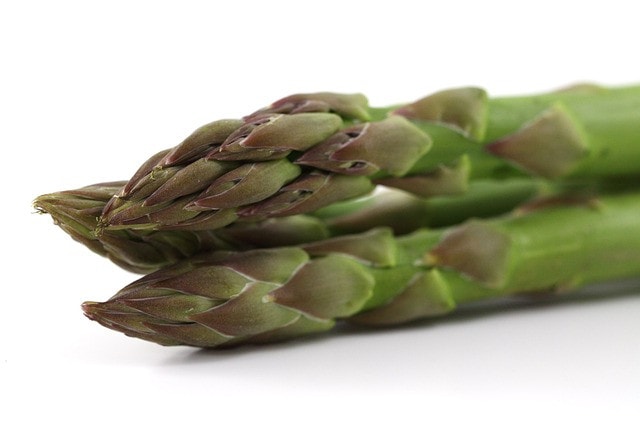
Common Problems Encountered by the Asparagus Plant
Just like other plants, asparagus can get attacked by disease and pests. However, this does not mean you have to witness your plant getting sick and dying. There are many handy pieces of advice to tackle these problems while ensuring optimal growth.
Pests
Asparagus beetles and aphids love attacking and feeding on asparagus. As these asparagus beetles eat the leaves, they trigger scarring and browning of their tissue. Keep an eye out for these nasty pests the minute the asparagus grows tender spears. You may consider manually picking them out if the infestation is not too big.
Larger attacks on these vegetables; however, warrant the use of insecticides. Make sure to use it as soon as you spot them or the pests may do considerable damage.
Aphids are more likely to attack young seedlings and immature asparagus spears that you have never harvested before. So as soon as you spot them, remove them one after the other if they are only one or two, or use an insecticide to kill the whole clan.
You Might Also Like How To Make Spider Plant Bushier
Diseases
Mentioned below are some common diseases that your asparagus produce is susceptible to.
Fusarium Root And Crown Rot
If your asparagus plant starts wilting, examine its roots and see if you see any browning of the veins. If so, remove all infected plants and immediately use a fungicide to protect other plants from fusarium wilt. In the future, try planning resistant varieties, such as Apollo or Jersey Giant.
Asparagus Rust
If the leaves and spears of asparagus have orange spots, immediately get rid of them to prevent the spread of the disease to others. Known as asparagus rust, this issue particularly appears in the early spring; by summer, these spots will turn black. Avoid rust by planting resistant varieties and ensuring impeccable drainage of the soil.

Blight
Have your asparagus spears become curled and deformed or developed wet spots, they are probably experiencing a condition called blight. It is caused by a funal species that kills the plants by targeting its root system. Avoid these blight attacks by improving soil drainage and watch them pass through all stages of growing asparagus quicky and smoothly
Takeaway
There is a lot of know about growing asparagus crowns and its different stages, you may think. While this article does not cover everything, it covers all the essential aspects you need to know before establishing your asparagus garden. With a little attention and patience, you’ll be eating fresh asparagus from your garden in no time.
You Might Also Like Is Cauliflower Man Made?
FAQs
What is the best way to harvest asparagus?
Use a sharp knife to cut the asparagus spears approximately one inch above the ground level. Once you are done, feed the asparagus plants using organic fertilizer, and that is it. Following this, your asparagus plant will continue its life cycle and fern out, followed by entering dormancy and starting its growth the following year
How long does it take asparagus to grow?
Asparagus is a slow grower, and it takes two to three years before you can fully harvest it. While you may harvest it in the second year, the process is risky, and you may end up harming the asparagus by taking too many spears.
In general, allow it to grow for three years before you can safely harvest spears without worrying about the damage.
When can I harvest my asparagus garden safely for best produce?
Prefer doing it in early morning hours before the sunlight gets at its peak. If you harvest them in the middle of the afternoon, the heat from the sun may put the plant under unnecessary stress. If you miss out on the morning hours, do it after 4pm when the sun is preparing to go down. This will save your plant from the heat and allow it to recover well.
Can you eat asparagus the first year you grow it?
No, do not harvest spears during the first growing season. Wait until its second growing season or even later to safely harvest and eat it without damaging the rest of the plant.
How do you know when asparagus is growing?
When asparagus is growing, you will see the seeds germinating within eight weeks of planting them. The crown forms very soon and sends shoots up that you can see protruding from the soil. The presence of these shoots confirms that your asparagus is growing.
